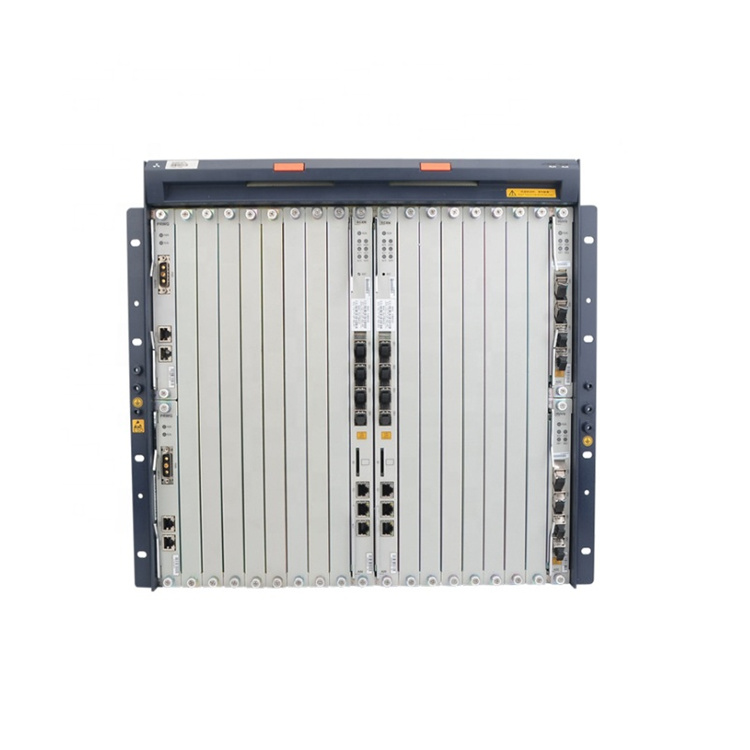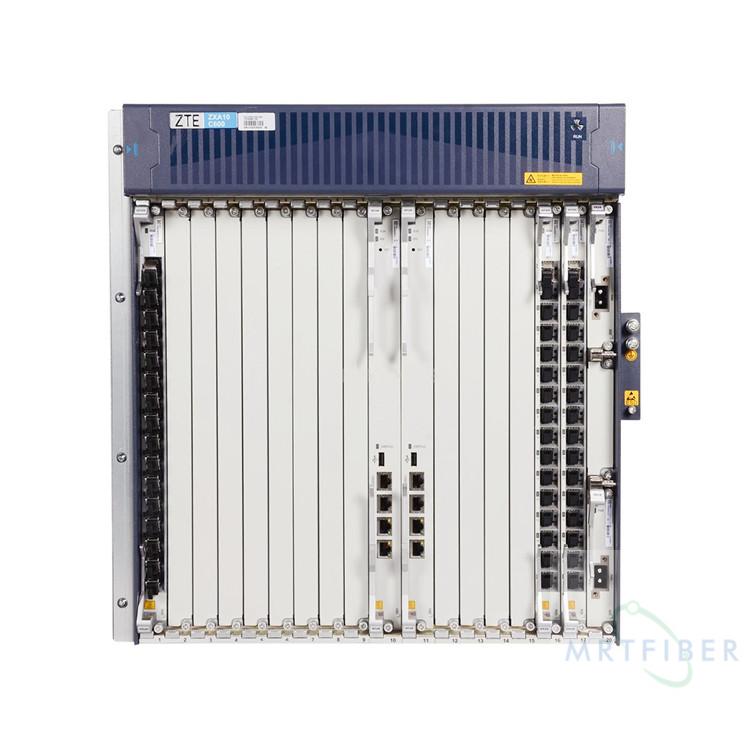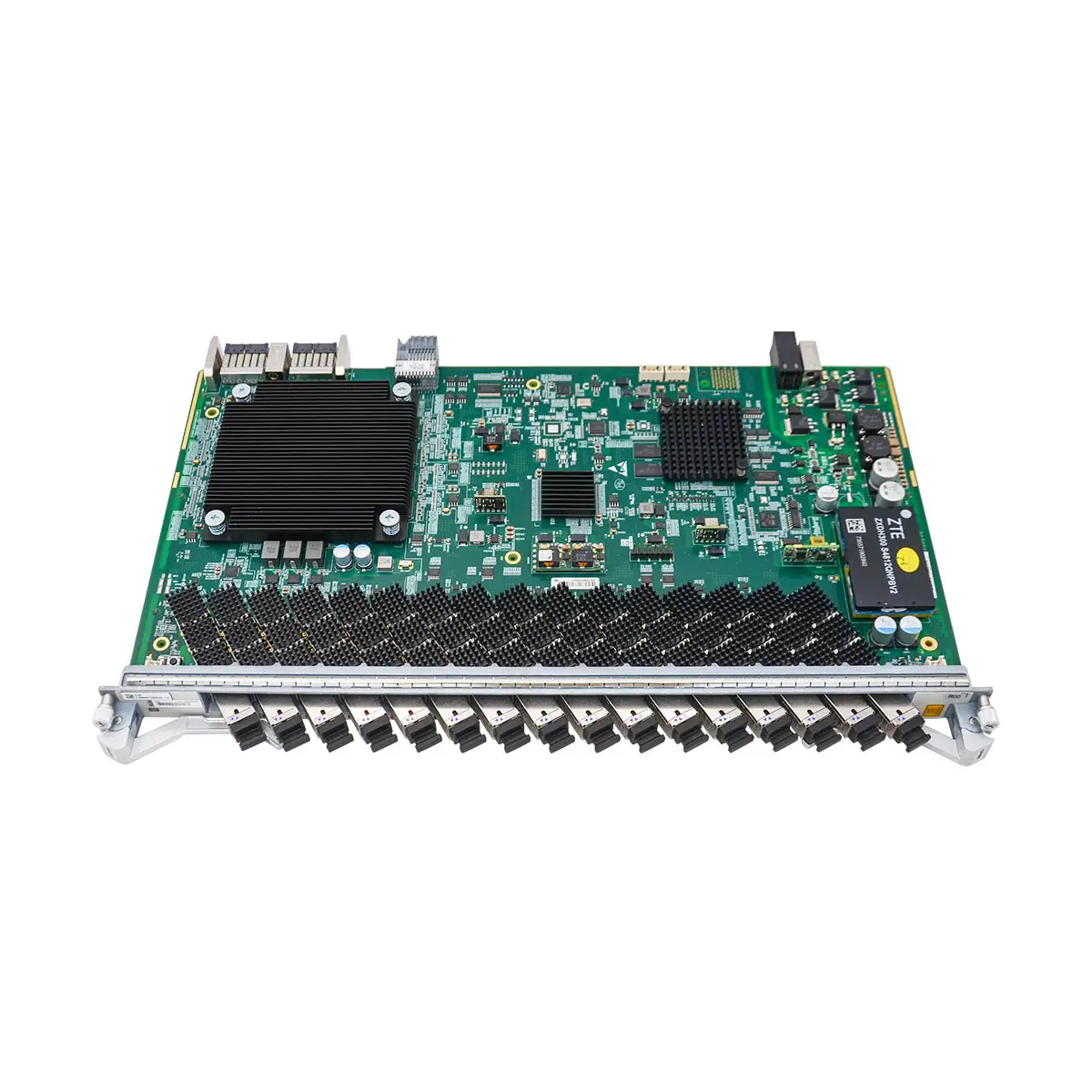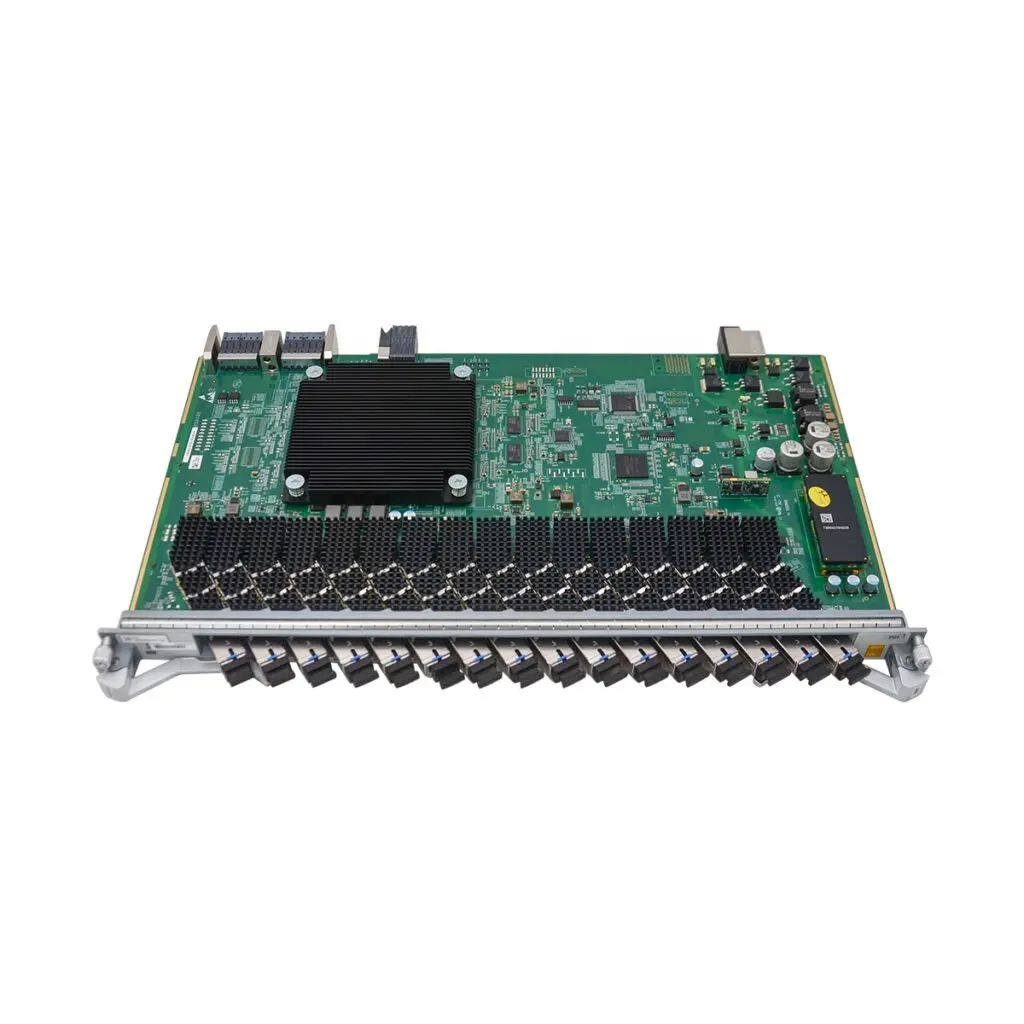The "SMXA (A11)" model specification refers to a type of electronic component, likely a semiconductor device, which is commonly used in various electronic systems. While I don't have specific details about the "SMXA (A11)" without additional context, I can provide a general overview of what key attributes and model specification parameters might include for such a component:
1. Part Number: The unique identifier for the component, which is essential for ordering and inventory management.
2. Manufacturer: The company that produces the component, which can influence quality and support.
3. Package Type: The physical form of the component, such as a DIP (Dual In line Package), QFP (Quad Flat Package), or BGA (Ball Grid Array).
4. Pin Count: The number of pins or terminals on the component, which affects its connectivity and functionality.
5. Voltage Ratings: The maximum voltage the component can handle without damage, crucial for ensuring safe operation within a circuit.
6. Current Ratings: The maximum current the component can safely conduct, which is important for power management.
7. Operating Temperature Range: The temperature range within which the component can function properly, affecting its suitability for different environments.
8. Frequency Response: For components like amplifiers or filters, this parameter indicates the range of frequencies over which the component operates effectively.
9. Power Consumption: The amount of power the component uses, which is important for battery life and energy efficiency in portable devices.
10. Performance Specifications: This could include parameters like gain, noise figure, or data processing speed, depending on the component's function.
11. Mounting Type: Whether the component is designed for surface mount technology (SMT) or through hole mounting, which affects how it is assembled onto a circuit board.
12. RoHS Compliance: Indicates whether the component meets the Restriction of Hazardous Substances (RoHS) directive, which restricts the use of certain hazardous materials in electronic products.
13. Lead Free: Some components are manufactured without lead, which is important for environmental and health reasons.
14. Certifications: Any industry specific certifications the component has, such as CE for the European market or UL for the United States.
15. Datasheet Availability: Access to detailed technical documentation that provides in depth information on the component's specifications and performance.
When looking for a specific "SMXA (A11)" component, it's important to verify that the key attributes and model specification parameters meet the requirements of the application it will be used in. This ensures compatibility, reliability, and optimal performance.







